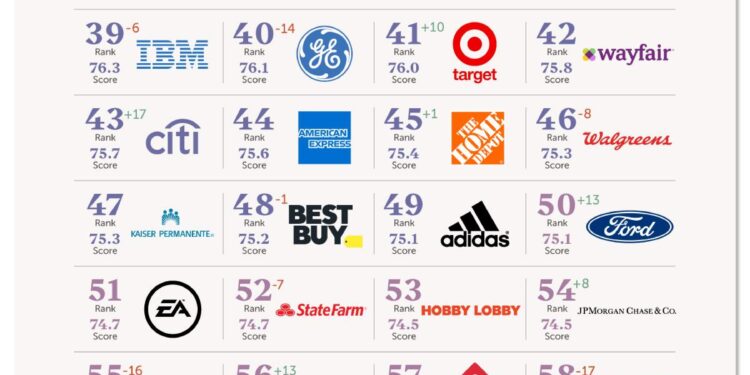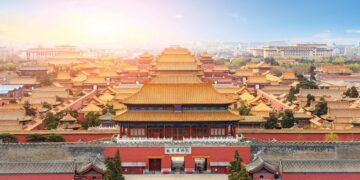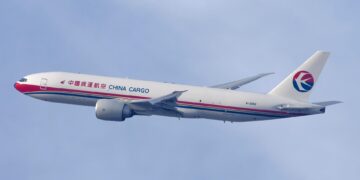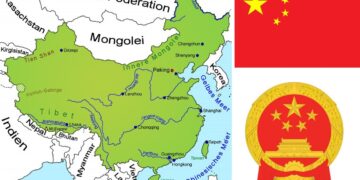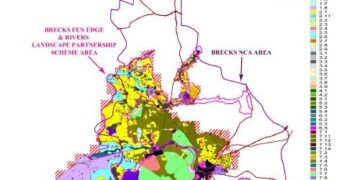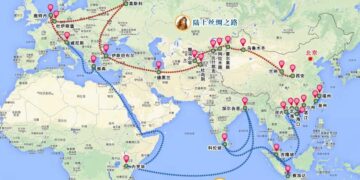In recent years, the global landscape of manufacturing has undergone significant changes, prompting many U.S. brands to reassess their supply chain strategies. With rising geopolitical tensions, trade tariffs, and the ongoing repercussions of the COVID-19 pandemic, the pressure to reduce reliance on China has intensified. However, while some companies are actively seeking alternatives to Chinese manufacturing, many are finding the transition to other countries fraught with complexities. From logistical challenges and labor costs to quality control and regulatory hurdles, shifting production outside of China is proving to be a formidable task. As brands navigate these obstacles, the broader implications for the U.S. economy and consumer prices remain a pivotal concern. This article delves into the factors that make this transition challenging for American companies and explores the potential solutions they may pursue in the quest for a more diverse manufacturing footprint.
Challenges in Supply Chain Management Face U.S. Brands Looking Beyond China
The journey of U.S. brands aiming to relocate their manufacturing away from China is fraught with numerous obstacles. Logistics and infrastructure present significant hurdles, as many countries lack the developed transportation networks and facilities necessary to support large-scale manufacturing. Brands often find themselves grappling with inadequate ports and limited access to raw materials, which can lead to prolonged lead times and increased costs. Furthermore, regulatory environments in potential new locations can be a minefield, with varying import/export regulations, safety standards, and labor laws complicating the decision-making process.
Another pressing issue is the labor market in alternative regions. Many U.S. brands seek to replicate China’s vast manufacturing ecosystem, but countries such as Vietnam and India may not have the skilled labor force readily available to meet specific production needs. The shift can also trigger cultural differences that impact management styles and worker productivity, posing additional challenges for U.S. companies unaccustomed to local practices. Additionally, brands face the risk of increased costs during the transition phase, as they may need to invest in new facilities and training for workers in the new manufacturing location, making it a complex balancing act between cost, efficiency, and quality.
Navigating Labor Costs and Quality Control in Alternative Manufacturing Destinations
As U.S. brands increasingly contemplate relocating their manufacturing operations beyond China, they often grapple with the delicate balance between labor costs and quality control. While countries such as Vietnam, India, and Mexico offer competitive wage structures, the variability in skill levels and labor practices can lead to significant overhauls of existing quality assurance protocols. Brands must assess not only the raw cost of labor but also the associated expenses in training, monitoring, and maintaining production standards, which can inflate overall operational budgets. For many companies, the allure of reduced manufacturing expenses can quickly dissipate when faced with the reality of subpar product quality or disrupted supply chains.
To illustrate this complex landscape, consider the following factors:
- Workforce Skills: Differences in vocational training and industry experience can impact quality outcomes.
- Regulatory Environment: Compliance with local labor laws and safety standards may require additional investment.
- Logistics and Infrastructure: Infrastructure quality can affect production timelines and costs.
Brands must also take a strategic approach by analyzing various metrics to make informed decisions. The table below summarizes key considerations for companies evaluating alternative manufacturing destinations:
| Country | Average Hourly Wage | Skill Level of Workforce | Regulatory Challenges |
|---|---|---|---|
| Vietnam | $3.10 | Moderate | Minimal |
| India | $2.50 | Variable | High |
| Mexico | $3.50 | High | Moderate |
Through these lenses, U.S. brands must weigh the potential benefits of relocating manufacturing against the pitfalls that accompany strained quality control and labor market dynamics. The journey to finding a viable alternative to China is not merely a matter of cost efficiencies; it encompasses broader implications for brand reputation and sustainable production practices.
Strategic Recommendations for Brands to Adapt to a Diversified Manufacturing Landscape
With the complexities of shifting manufacturing outside of China, brands must consider a multifaceted approach to ease this transition. First and foremost, investing in local partnerships can provide valuable insights and resources tailored to specific markets. This could include collaborations with local manufacturers who understand regional nuances and consumer preferences. Additionally, enhancing supply chain flexibility can mitigate risks associated with geographic dependencies. By diversifying their supplier base and incorporating advanced technologies such as predictive analytics, brands can respond more swiftly to market fluctuations and shifts in consumer demand.
Moreover, brands should prioritize sustainability and ethical practices in their manufacturing strategies. Modern consumers are increasingly conscious of the ecological impact and ethical implications of their purchases. By adopting environmentally friendly practices and ensuring fair labor conditions, brands can differentiate themselves in a crowded marketplace. To better visualize the strategic opportunities, consider the following table:
| Strategy | Benefits |
|---|---|
| Local Partnerships | Access to regional expertise, reduced shipping times |
| Supply Chain Flexibility | Immediate responses to disruptions, reduced risks |
| Sustainability Practices | Attract eco-conscious consumers, improve brand reputation |
The Conclusion
In conclusion, while the push to diversify manufacturing beyond China has gained momentum among U.S. brands, the complexities of shifting production are proving to be significant hurdles. Factors such as established supply chains, labor challenges, and the need for advanced technology play crucial roles in this intricate process. As geopolitical tensions continue to evolve and global markets shift, companies must navigate these obstacles carefully to remain competitive. The lessons learned from these strategic decisions will not only shape their operational frameworks but also influence the broader landscape of international trade and manufacturing in the years to come. As the journey unfolds, industry experts and consumers alike will be watching closely to see how U.S. brands adapt in an ever-changing global market.

